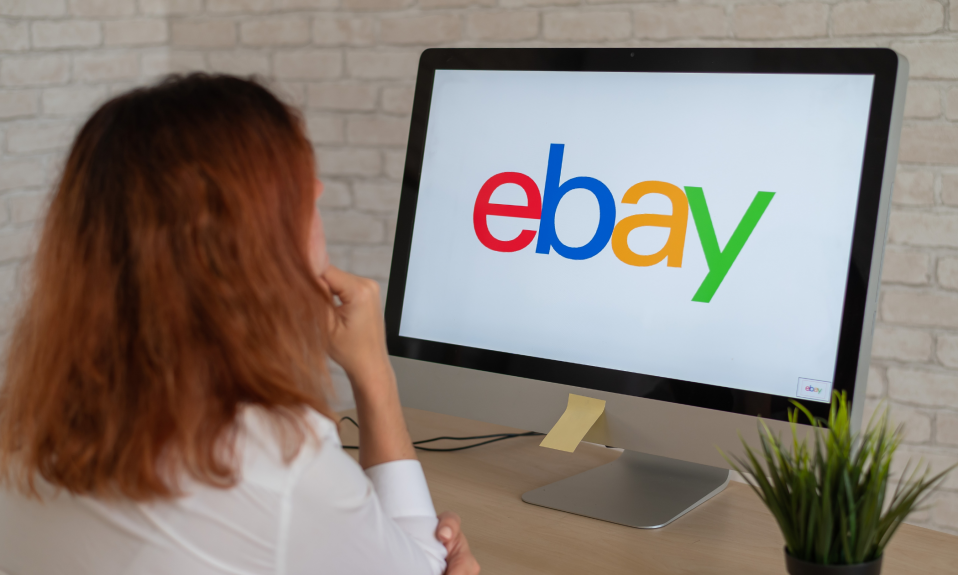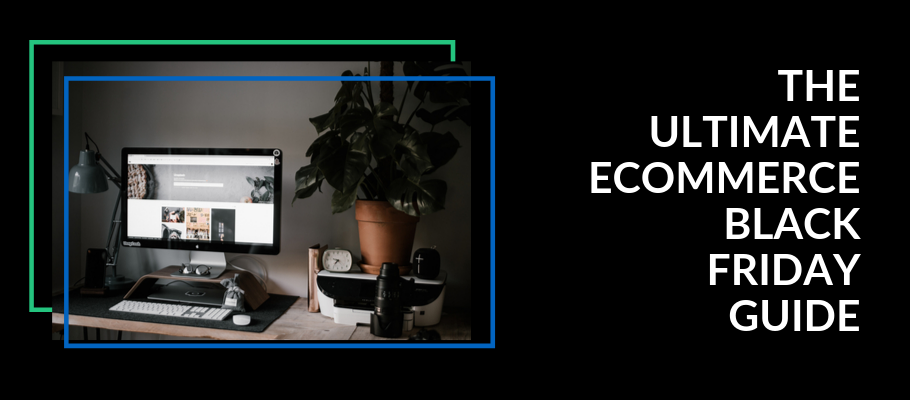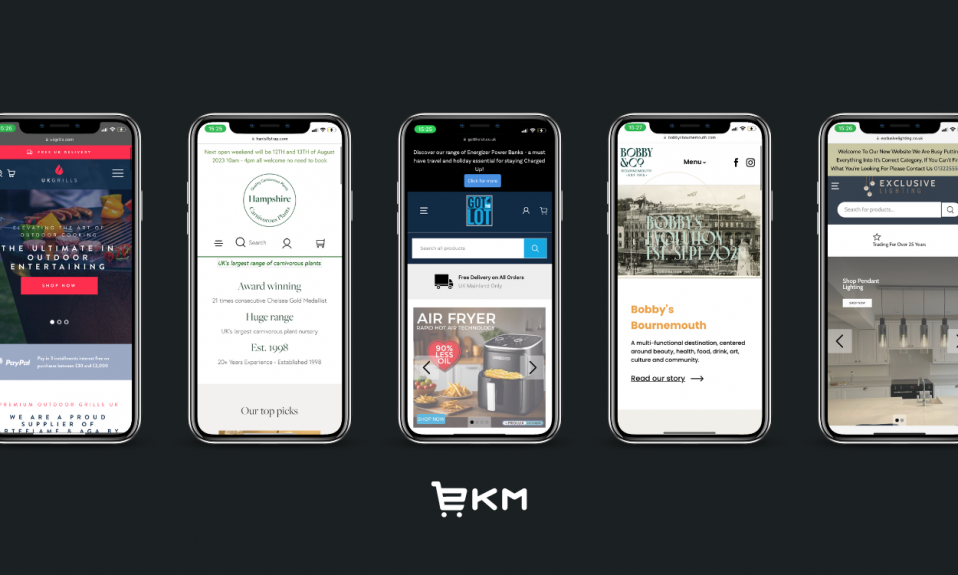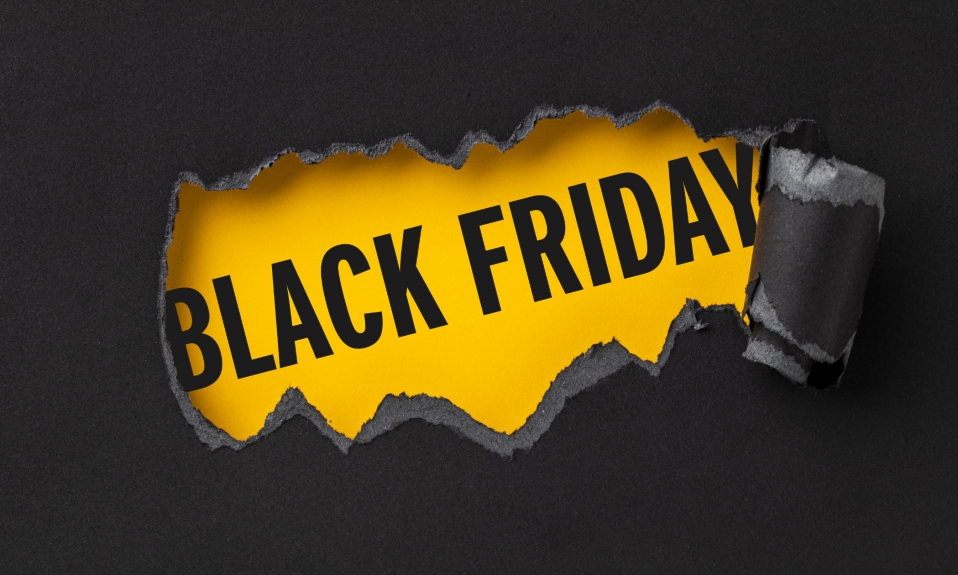As an eBay seller, you’ve likely experienced the benefits of reaching a broad audience and enjoying the ease of listing your products on a well-established platform. However, to truly grow your business and establish a strong brand presence, transitioning to your own branded website could be the perfect next steps.
Many eBay sellers reach a point where they want to scale their operations and enhance their brand identity. If you’ve been wondering how to grow your eBay business, the answer may lie in expanding beyond the marketplace.
By having your own website, you can take control of your brand, marketing, and customer relationships, paving the way for sustainable growth.
The Benefits of Having an E-commerce Website
From eBay Brand to Your Own Brand
A marketplace might limit your ability to showcase your identity, confining your shop to a generic template.
88% of consumers say authenticity plays a vital role in their brand preferences, meaning consumers will be more inclined to purchase from a brand that they feel is authentic and trustworthy. With 75% of people visiting company websites in order to check out a brand, and likely make the assumption as to whether or not your business is authentic, the importance of brand development through an ecommerce site has never played a more crucial role in for business growth.
Your own website serves as a blank canvas, perfect for displaying your unique products and engaging customers with your brand’s identity and story. This not only strengthens your market presence but also builds an identity and customer base that doesn’t rely on the marketplace’s brand.
Your Marketing, Your Way
When you sell on marketplaces like eBay or Amazon, you benefit from an existing customer base and built-in traffic. However, these platforms significantly limit your ability to implement diverse and tailored marketing strategies.
Owning your own e-commerce website, on the other hand, opens up a world of possibilities to directly engage with your audience, drive more effective marketing campaigns and as a result, increase your opportunity to generate revenue. Here’s how:
Personalised Email Marketing Campaigns
With your own website, you can collect customer email addresses and build a valuable email list. This allows for direct communication with your audience, keeping them informed about new products, special offers, and company news and therefore, increase your opportunity to sell.
You can tailor your emails to different segments of your audience based on their purchasing history, preferences, and behaviour. Personalised emails have higher open and click-through rates, leading to better engagement and higher conversion rates.
Targeted Advertising
Unlike the broad approach required on marketplaces, owning a website allows you to use precise targeting for your ads on platforms like Google Ads, Facebook Ads, and Instagram Ads to reach specific demographics, interests, and behaviours.
You can also implement retargeting ads to re-engage visitors who have shown interest in your products but haven’t made a purchase. These ads keep your brand top-of-mind and encourage potential customers to return and complete their purchase.
With your own website, you can closely monitor the performance of your ads using analytics tools. Track key metrics such as click-through rates, conversions, and return on ad spend (ROAS) to optimise your campaigns for better results.
For more information on ads and support visit our website.
Social Media Engagement
Your own website can drive social media engagement by integrating social sharing buttons, showcasing user-generated content, and encouraging customers to follow your social media profiles.
Sharing valuable content from your website, such as blog posts, videos, and infographics, across your social media channels can drive traffic back to your site but also positions your brand as an industry authority.
You might also want to run interactive campaigns such as contests, giveaways, and polls on social media to boost engagement and expand your reach. These campaigns can be linked back to your website for maximum impact.
Search Engine Optimisation (SEO)
Unlike marketplaces where your products compete with others in search results, optimising your own website for search engines can drive significant organic traffic. Use SEO best practices to rank higher for relevant keywords and attract more visitors to your site.
Developing a content strategy that includes regular blog posts, product descriptions, and informational pages can improve your search engine rankings and establish your brand as a trusted resource.
Customer Relationship Management (CRM)
With your own website, you can gather detailed data on customer behaviour, preferences, and purchasing patterns. This information is invaluable for tailoring your marketing efforts and improving customer satisfaction.
Implementing loyalty programs and rewarding repeat customers can have a huge impact on repeat business and increase revenue. Offering rewards for purchases, referrals, and social media engagement that can be redeemed for discounts or exclusive products are great examples of these.
You can also use your website to collect customer feedback through surveys, reviews, and testimonials. Understanding customer opinions helps you refine your products and services, leading to better customer retention.
Flexibility in Promotions and Offers
Having your own ecommerce site means you have the flexibility to create exclusive deals and promotions that are only available on your website. This can include flash sales, limited-time offers, and bundle discounts, which can drive traffic and boost sales.
There are also plenty of opportunities to encourage upselling and cross-selling products, as well as providing discount codes and tools such as banners, to shout about all of the above! All of these increase your chances of selling and increasing your customers average spend.
Control and Operational Efficiency
In addition to the freedom with your sales and marketing strategies, having your own website offers control over every aspect of your business. This autonomy enables you to optimise your operations for efficiency and scalability. Here’s how:
Customisable User Interface and Customer Experience
On eBay, you may have limited customisation options. While you can add some branding elements and customise your store layout to a degree, the overall design and user experience are dictated by eBay’s platform.
By having your own website you can create a unique, branded shopping experience with full control over your website’s design that fully aligns with your brand identity.
Customer Service and Support
According to the Zendesk Customer Experience Trends Report, 75% of customers make purchasing decisions based on their experience with a brand.
On eBay, customer interaction is mediated by eBay, limiting direct communication. Feedback systems and messaging are controlled by the marketplace. Implementing loyalty programmes are challenging and limited too.
With your own website, you can directly interact with customers through live chat, email, and personalised support, creating stronger relationships, increasing selling opportunities and gathering valuable feedback.
You can also create and manage comprehensive loyalty programmes and exclusive offers, encouraging repeat purchases and building customer loyalty.
Understanding and communicating with your customers is a crucial part of your business growth and brand identity.
How to Transition from eBay to Your Own Website
Step 1: Choose the Right Platform
Select an e-commerce platform that offers the features and flexibility you need to grow your business. It’s important to do your research, and find the platform that will help and support you through this growth transition. We provide everything a business needs for growth. From customisable templates to robust inventory management, marketing tools to dedicated account managers, we make sure you have the tools you need to take your business to the next level and that the transition from marketplace to your own website is smooth and successful.
Step 2: Design Your Website
Invest in a well-designed website that reflects your brand’s identity. Ensure that it is user-friendly and optimised for search engines. Ensuring your website is optimised for mobile devices is crucial since mobile-optimised websites have 64% higher conversion rates compared to those that are not. Alongside customisable templates, we also have design services and teams on hand to help you create a site that truly represents your brand.
Step 3: Optimise for SEO
Implement SEO best practices to improve your site’s visibility on search engines. This includes using relevant keywords, creating high-quality content, and building backlinks. SEO is a long-term strategy that can significantly increase your organic traffic. EKM provides built-in SEO tools and resources to help you optimise your site effectively, with Account Managers on hand to help you should you need it.
Step 4: Promote Your Site
Utilise various marketing channels to promote your new website. This includes social media, email marketing, and paid advertising. Engage with your existing customers and encourage them to visit your new site. EKM’s platform integrates with popular marketing tools and social media platforms, making it easy to launch targeted campaigns and track their performance.
Step 5: Monitor and Improve
Regularly analyse your site’s performance using analytics tools. Monitor key metrics such as traffic, conversion rates, and customer behaviour. Use this data to make informed decisions and continuously improve your site. We offer comprehensive analytics and reporting features to help you understand your business’s performance and identify areas for improvement.
Conclusion
Transitioning from a marketplace like eBay to your own branded website is a strategic move that can significantly enhance your business’s growth. With greater control over your brand, marketing, and customer relationships, you can create a sustainable and profitable e-commerce business.
Ready to take your business to the next level? Learn more about EKM for established businesses and start building your own branded website today!
References:
https://www.linkedin.com/pulse/75-users-judge-companys-credibility-based-its-website-71ute










